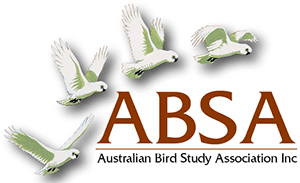An example of a “Twinkling Lights” local extinction event: population dynamics of Gilbert’s Whistler at The Charcoal Tank Nature Reserve, New South Wales
| Posted: |
03/04/2018 |
| Author(s): |
A. Hunt, Mark Clayton, Peter Ewin |
A banding project at The Charcoal Tank Nature Reserve in central west New South Wales has accumulated data on the bird populations utilising this small, isolated patch of remnant mallee-ironbark/box woodland for more than thirty years. The Reserve supported a small, resident sub-population of Gilbert’s Whistler
Pachycephala inornata when the study commenced, but several years later this sub-population went into decline and eventually became extinct. Although individual dispersing Gilbert’s Whistlers have been recorded at the Reserve on several occasions since then, a self-sustaining population has not been re-established. Banding data indicate that the population began experiencing very low annual recruitment rates in 1993-4 (well before the local onset of major drought in 2001) and that this decline persisted until the last remaining adults died and the species became locally extinct around 2000-01. This seems to be an example of a so-called “Twinkling Lights” extinction event. There is widespread concern over the recent decline of many woodland bird species in this region, and a better understanding of the population dynamics underlying local extinction events is critical for testing and validating existing ecological models of population dynamics, as well as refining the knowledge base underpinning conservation efforts directed at woodland birds.
>> Download Abstract |
File Size: 196 KB
>> Download Complete PDF | File Size: 940 KB
